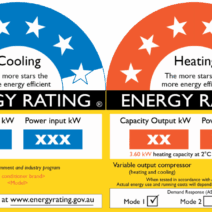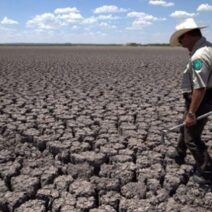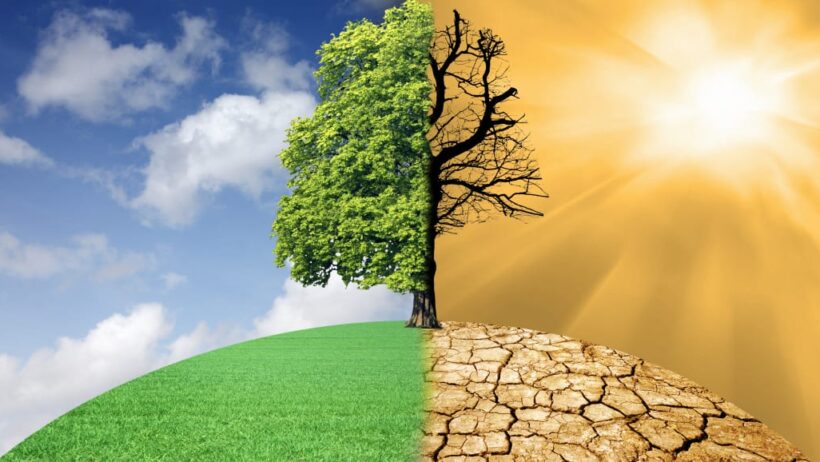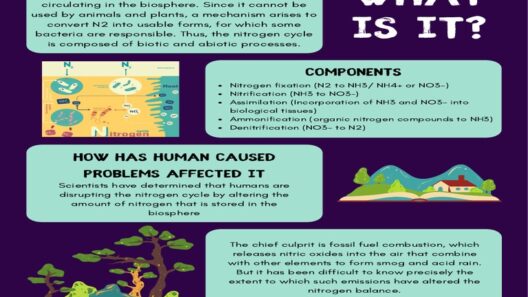Climate change, a grim reality of our times, is woven into the fabric of our daily lives. Among its myriad consequences, increasing ultraviolet (UV) radiation looms as a significant concern. The connection between global warming and UV protection may not be immediately evident, yet it reveals a complex narrative that demands our attention. This exploration elucidates the intricate interplay between these two phenomena, emphasizing the dual necessity of mitigating climate change while enhancing UV protection to safeguard human health and environmental well-being.
To understand the connection, we must first consider the driving forces behind global warming. The accumulation of greenhouse gases in the atmosphere, primarily carbon dioxide and methane, creates a ‘blanket’ effect, trapping heat and leading to rising global temperatures. As a result, we are witnessing not only warmer weather patterns but also fluctuations in atmospheric composition and dynamics.
One of the most crucial alterations in this changing atmosphere is the depletion of the ozone layer, a protective shield located in the stratosphere that absorbs the sun’s harmful UV radiation. The ozone layer has been historically threatened by anthropogenic substances like chlorofluorocarbons (CFCs). While significant progress has been made internationally to phase out these harmful chemicals through agreements like the Montreal Protocol, the repercussions of global warming introduce new challenges that can exacerbate UV exposure.
As global temperatures rise, the dynamics governing atmospheric circulation are altered. This shift can provoke disruptions in ozone layer stability, potentially leading to increased UV levels reaching the Earth’s surface. A straightforward consequence is that certain regions will experience heightened UV exposure, which can have profound effects on both ecosystems and human health.
The implications of increased UV exposure are far-reaching. For humans, the risks include a higher incidence of skin cancers, cataracts, and other UV-related health issues. The World Health Organization underscores this increasing risk, noting that the global prevalence of skin cancer has seen a steady rise. In this context, UV protection becomes not merely a matter of personal choice but a public health imperative.
For ecosystems, the ramifications are equally dire. Increased UV radiation can adversely affect plant growth, particularly in aquatic ecosystems where phytoplankton, the foundation of the marine food web, is sensitive to UV exposure. This disruption endangers biodiversity, as many marine species rely on these microscopic organisms for sustenance. Furthermore, terrestrial vegetation also faces threats from rising UV levels, potentially impacting food security and global agricultural practices.
Mitigating these risks necessitates a multifaceted approach. Crucially, addressing the root causes of global warming is paramount. Reducing greenhouse gas emissions through a transition to renewable energy sources, enhancing energy efficiency, and promoting sustainable practices are essential measures. These actions not only combat climate change but can also indirectly help stabilize the ozone layer, subsequently decreasing UV radiation levels.
Simultaneously, implementing robust UV protection strategies at various societal levels is vital. This includes public awareness campaigns about the importance of sun safety, advocating for protective clothing and sunscreen usage, and promoting shade in outdoor environments. Education plays a pivotal role; understanding the UV index and its daily fluctuations can assist individuals in taking proactive steps to minimize their exposure during peak hours.
Governments and health organizations should be vigilant in monitoring UV radiation levels as part of climate policy agendas. By integrating UV protection into climate action strategies, we can forge a path that acknowledges the interconnectedness of these two pressing issues. Collaborative efforts among public health officials, environmental advocates, and policymakers are essential for crafting legislation that prioritizes both climate action and health outcomes.
Moreover, scientific research is imperative to unravel the complexities of the relationship between climate change and UV radiation. Studies that investigate the synergy of these phenomena will help inform better practices and policies. For example, advancements in remote sensing technology can provide real-time data on UV exposure, enabling more responsive public health advisories.
As individuals, we can also contribute to these collective efforts by fostering a culture of environmental responsibility. Simple actions, such as reducing car usage, opting for public transportation, or investing in energy-efficient appliances, can have significant positive effects on the environment. Additionally, being conscientious about sun exposure and adopting holistic wellness approaches can promote personal health while reinforcing the need for societal change.
Ultimately, the narrative that connects global warming and UV protection serves as a poignant reminder of our collective responsibility. As the planet warms, the consequences of our actions reverberate across the globe, impacting not only climate stability but the very air we breathe and the sun’s rays we cannot escape. It invites us to re-evaluate our relationship with the environment and emphasizes the urgency of a holistic approach that address human health and ecological integrity simultaneously.
In conclusion, understanding the link between global warming and UV radiation can foster a shift in perspective that encourages curiosity and action. Recognizing the intricate tapestry connecting these subjects promotes a more profound awareness of our environmental impact, urging us to advocate for comprehensive solutions that protect both our planet and our well-being. Only through concerted efforts can we hope to safeguard the delicate balance of nature and secure a healthier future for generations to come.








